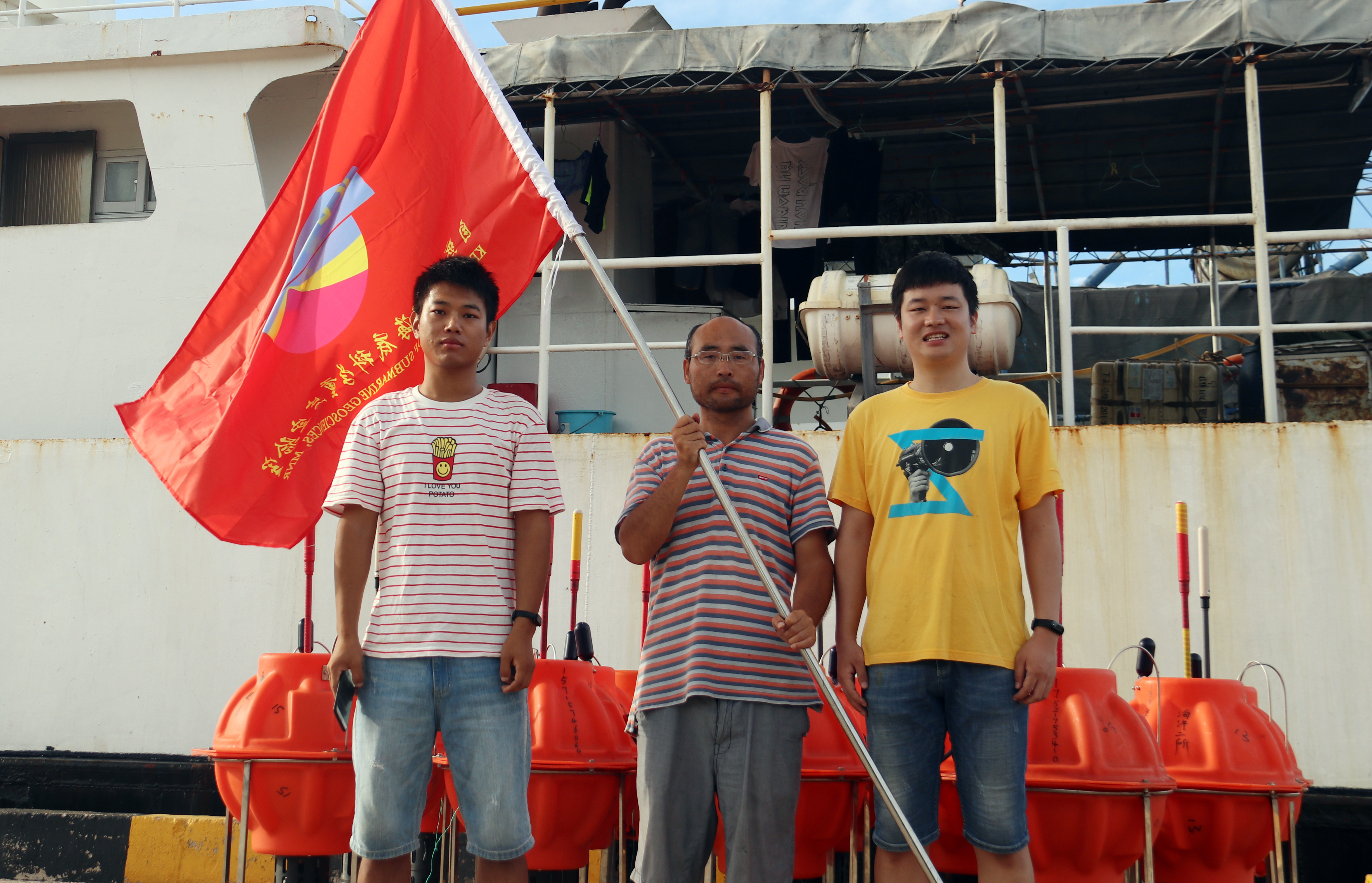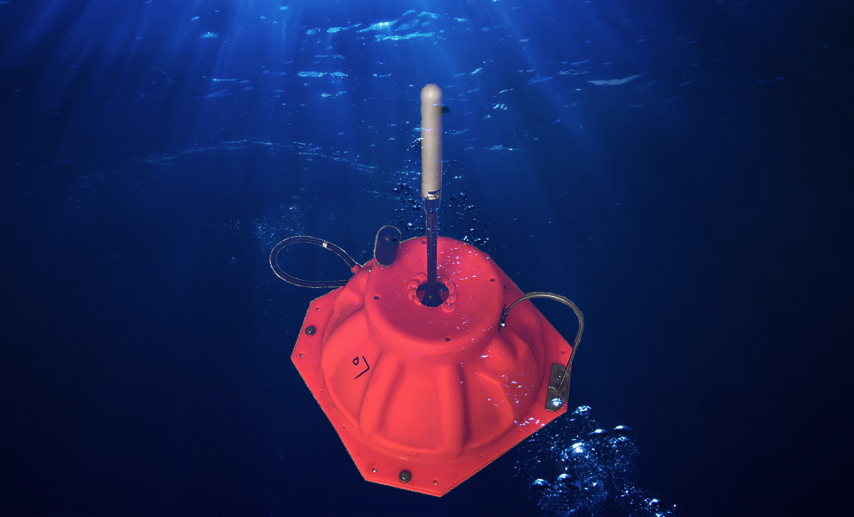News

Recently,the "Dolphin" mobile ocean seismograph independently developed byDing Weiwei's team at the Key Laboratory of Submarine Science of the Ministryof Natural Resources has been successfully subject to sea trials, during whichassociate researcher Zhu Xinke served as the chief scientist.
Differentfrom traditional fixed land seismic stations and bottom-mounted submarineseismometers, floating marine seismographs can be suspended in seawater at acertain depth and move withocean currents. They can not only record the information conveyed byearthquakes for a long time, but also record earthquake signal received atdifferent locations. As a result, a seismic network covering a large ocean areacan be formed, which solves the problem of no seismic network in the ocean(except for islands), and is particularly suitable for conducting tomographicimaging on a large area of the sea.

Inorder to better detect the deep structure of the sea, Ding Weiwei’s team hasbroken through many key technologies in three years, such as ultra-low powercontrol, low-power and high-efficiency buoyancy adjustment, autonomoussuspension depth determination, and seismic on-line recognition, and developeda new generation of "dolphin” mobile ocean seismograph. The"dolphin" seismograph carries a very low frequency-high frequencyhydrophone. It has the normal working depth of 800-1200 meters and the maximumdesigned working depth of 3000 meters. It can monitor earthquakes of magnitude6 or more within 10,000 kilometers with the working life of more than 3 years.Compared with the first-generation floating ocean seismograph in the world, ithas a longer working life and better real-time data recording.



